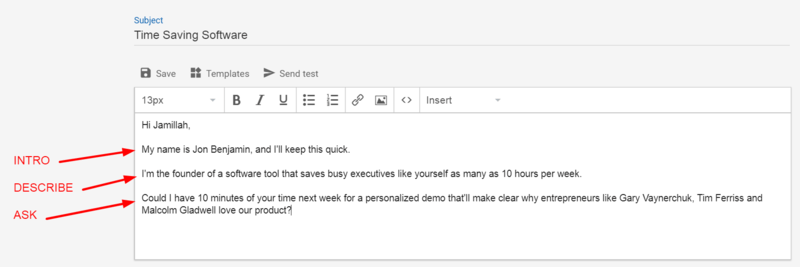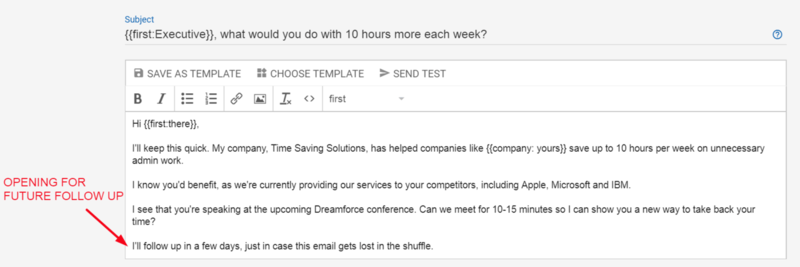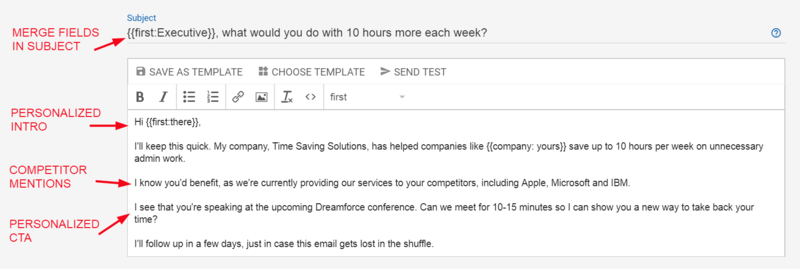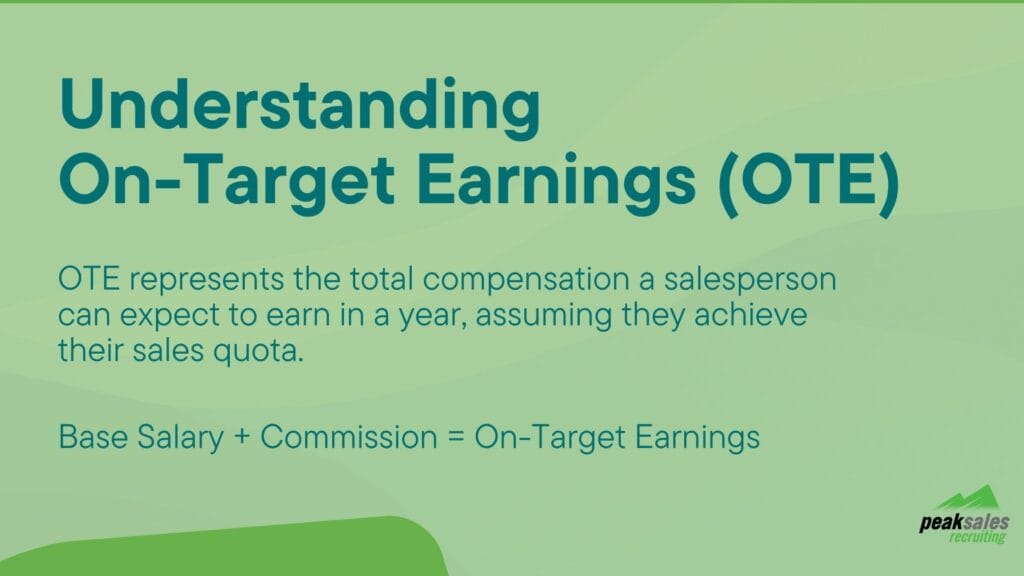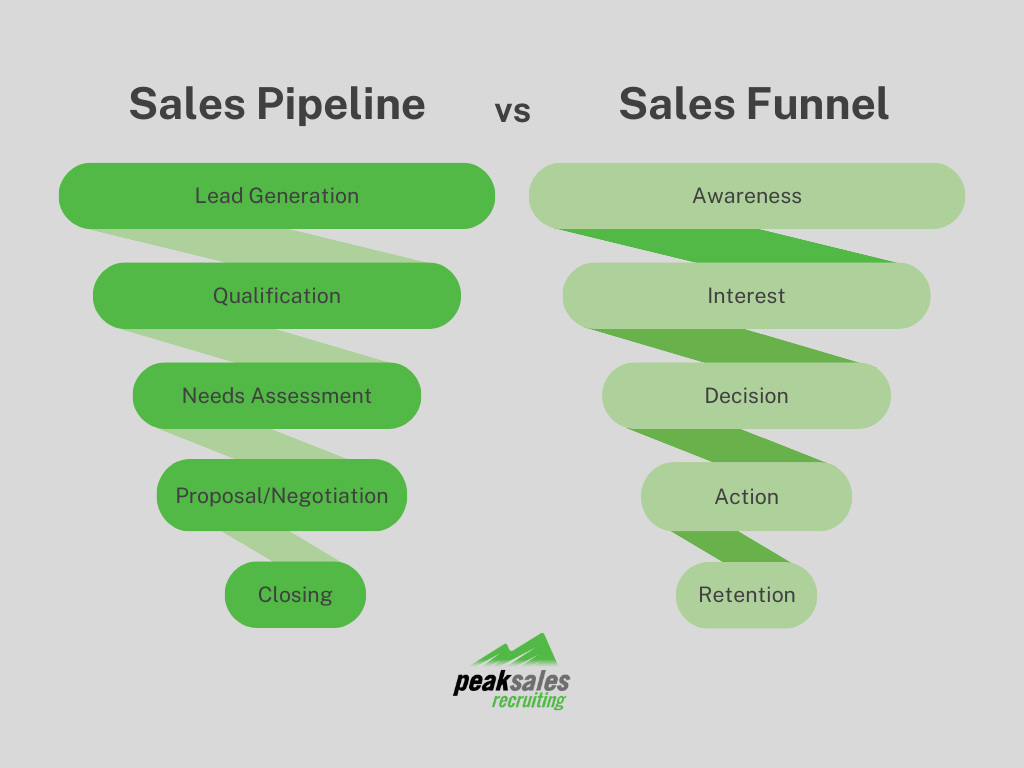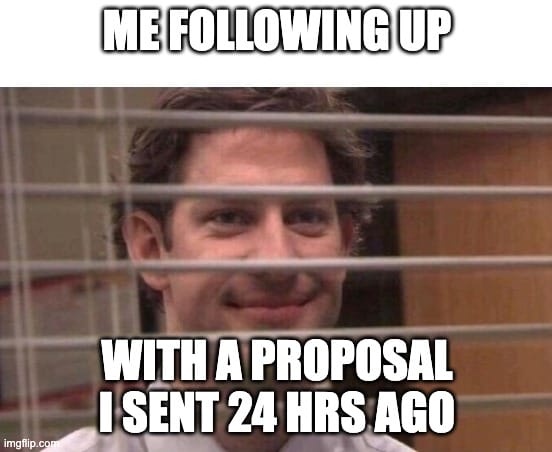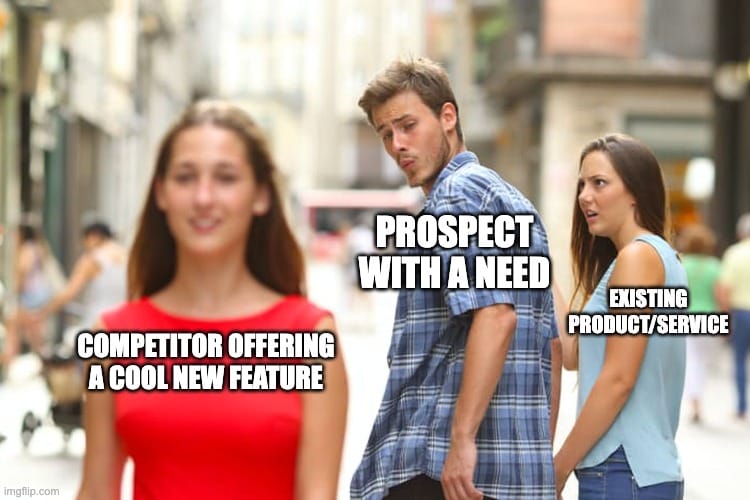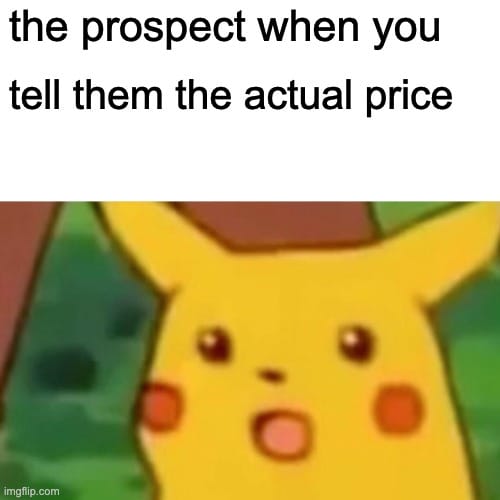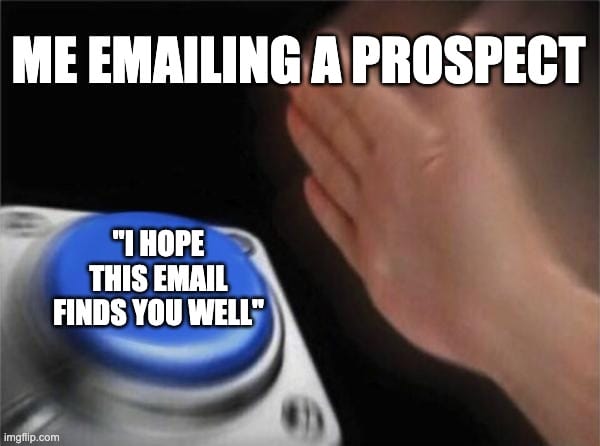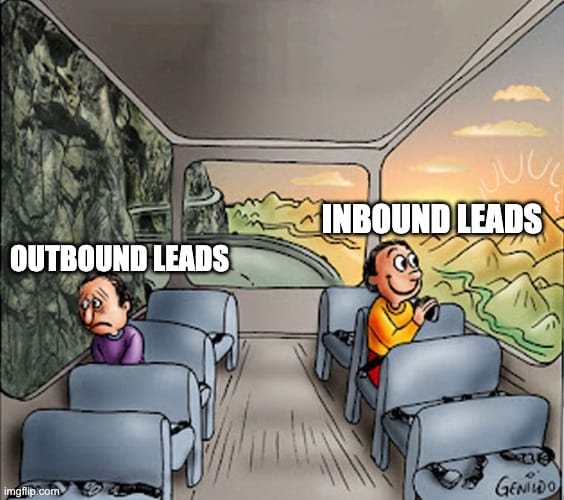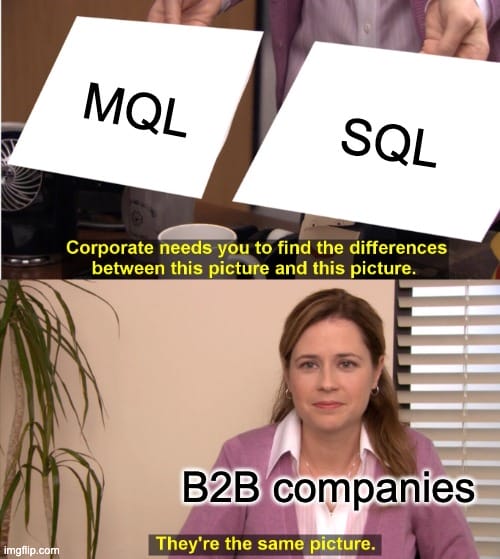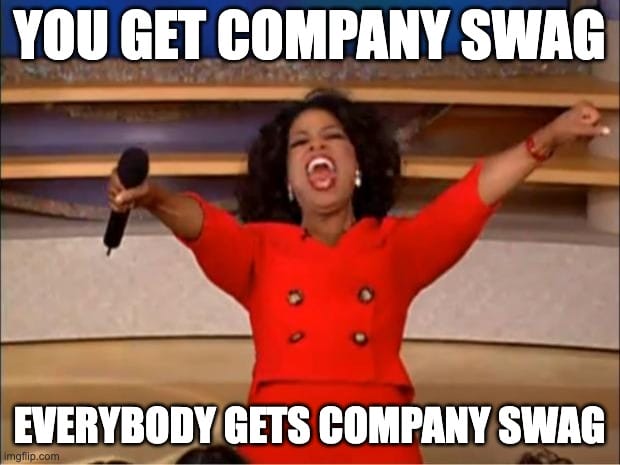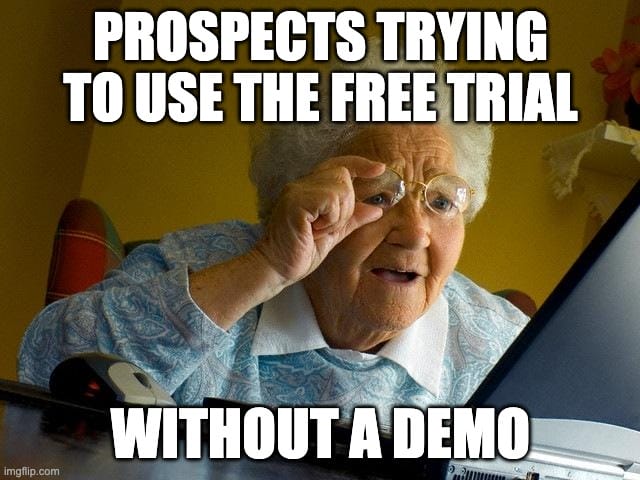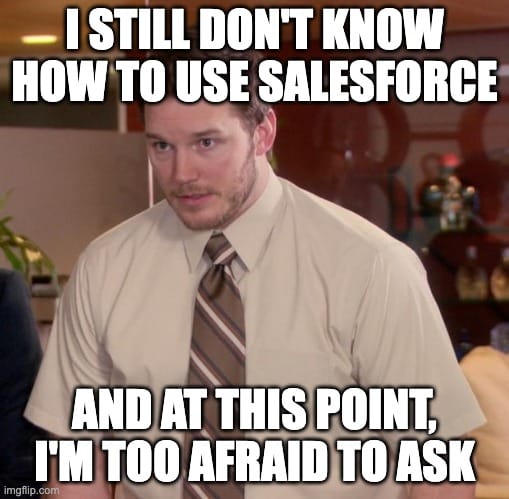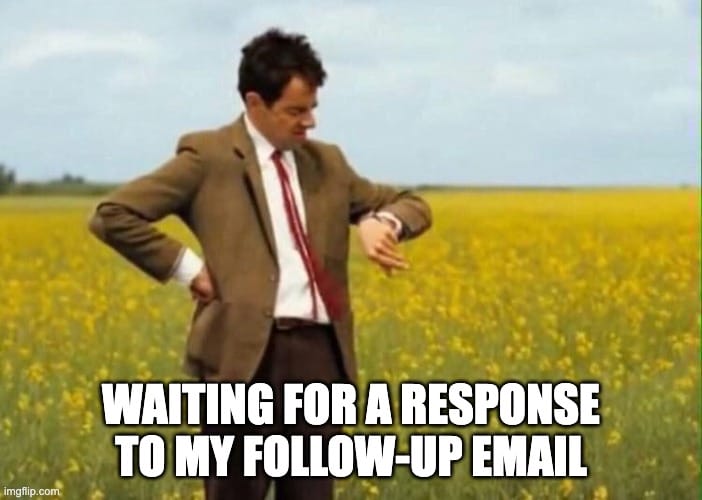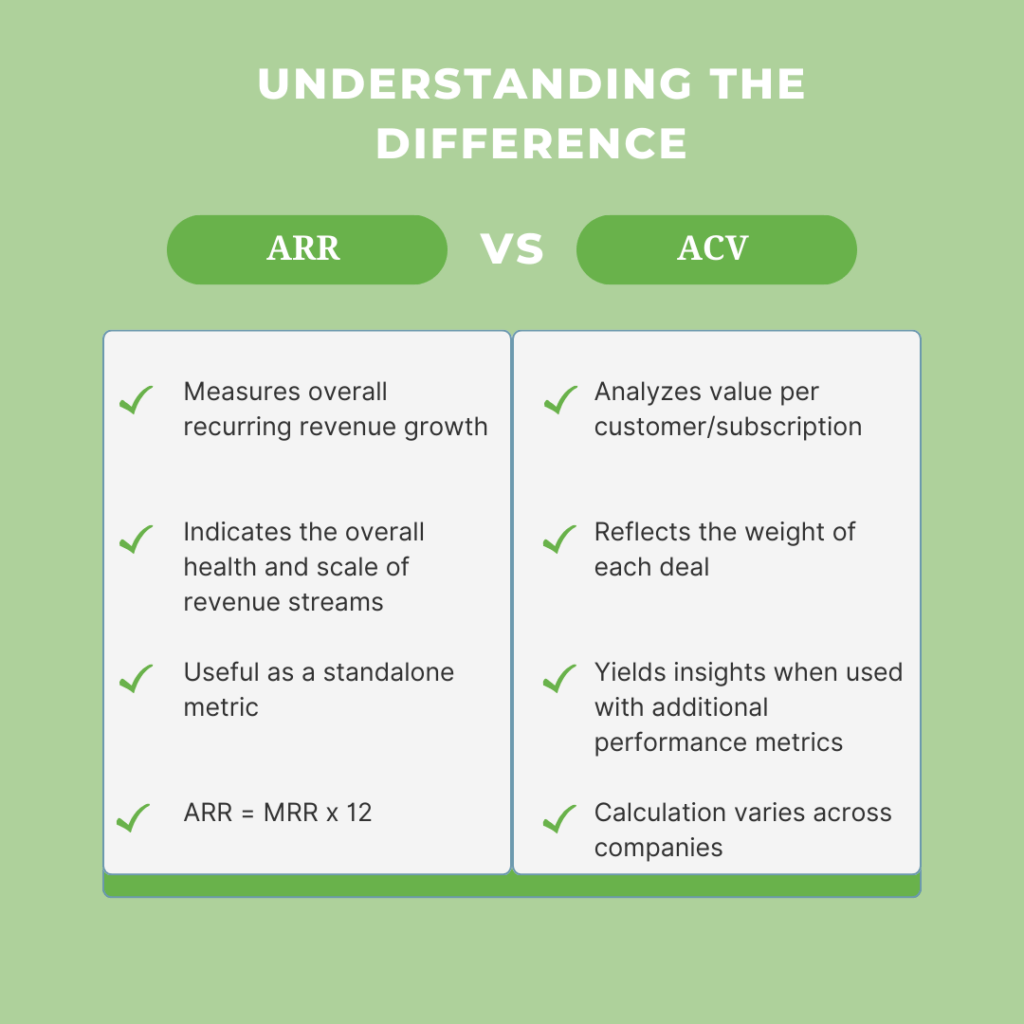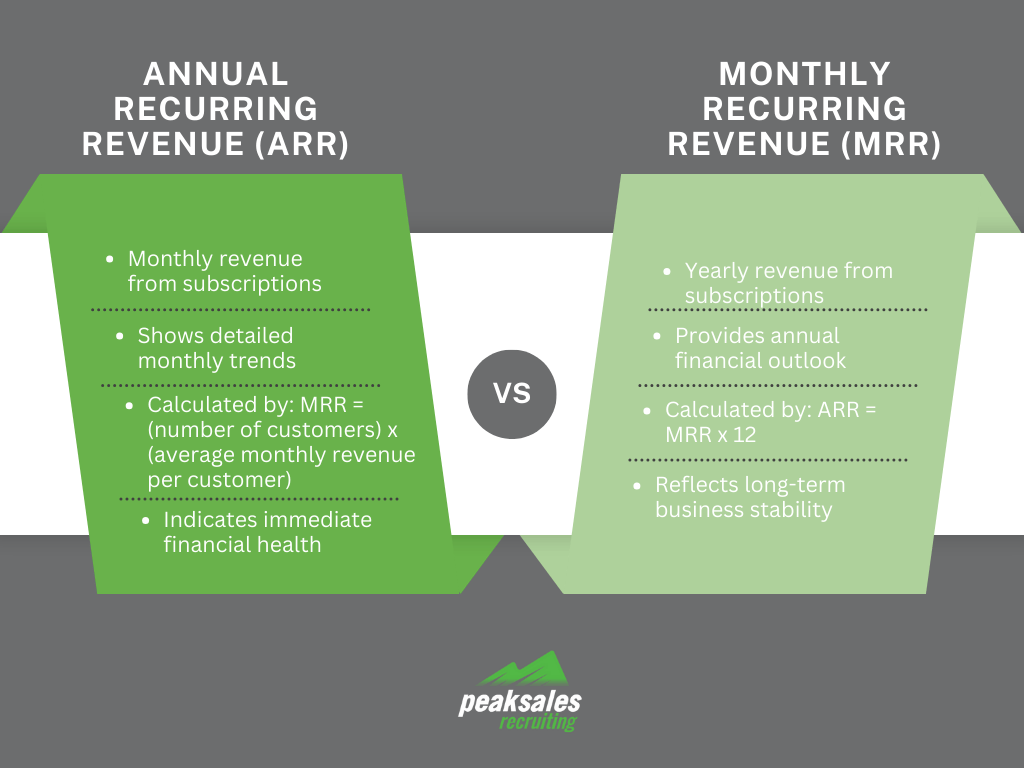Mastering sales forecasting methods is essential for businesses. They need to navigate the complexities of the market and stay competitive. To stay ahead, businesses must anticipate trends and make well-informed decisions. In this context, sales forecasting is crucial. It provides valuable insights to steer strategy, allocate resources, and plan business. This guide covers various sales forecasting methods. They will help you choose the best one for your needs.
7 Forecasting Methods: A Toolbox for Success
There’s no one-size-fits-all approach to sales forecasting. Here’s a breakdown of 7 main sales forecasting models, along with their pros, cons, and ideal use cases:
1. Historical Forecasting
Pros: Simple to implement, leverages readily available data.
Cons: Relies on past trends and may not account for future changes.
When to Use: Ideal for established businesses with consistent historical data.
Historical forecasting often uses time-series analysis. It identifies patterns in past sales data. This enables businesses to predict future sales based on these trends.
2. Opportunity Stage Forecasting
Pros: Provides granular insights into the sales pipeline and facilitates targeted coaching.
Cons: Accuracy heavily depends on sales rep estimates.
When to Use: Effective for businesses with a defined sales process and reliable rep estimates.
By analyzing where each deal is in the sales funnel, businesses can guess about future sales. This enhances their business planning.
3. Length of Sales Cycle Forecasting
Pros: It considers sales cycle length. It helps allocate resources based on how close deals are to closing.
Cons: Requires accurate data on historical sales cycles.
When to Use: Valuable for businesses with well-defined sales cycles and historical sales cycle data.
This method helps set sales quotas by providing insights into how long deals typically take to close.
4. Intuitive Forecasting
Pros: Leverages the experience and insights of sales reps.
Cons: Subjective and prone to bias.
When to Use: Often used as a starting point, it is best combined with other methods.
Intuitive forecasting can be helpful when combined with qualitative and quantitative methods to balance subjective insights with objective data.
5. Multivariable Analysis Forecasting
Pros: Considers factors like market trends, economic indicators, and marketing campaigns.
Cons: Requires robust data and analytical expertise.
When to Use: It is powerful for businesses with rich data and resources for complex analysis.
Using statistical analysis and regression techniques, multivariable analysis helps businesses understand the impact of multiple variables on their sales performance.
6. Pipeline Forecasting Method
Pros: Focuses on potential deals in the sales funnel, providing a clear view of future sales opportunities.
Cons: May not account for changes in market conditions or new competitors.
When to Use: Useful for companies with a well-defined sales funnel and tracking system.
This method involves analyzing the sales pipeline stages. It uses the analysis to predict future sales. This enhances the accuracy of sales calls and business planning.
7. Lead-driven Forecasting
Pros: Uses data from lead sources and conversion rates to predict sales.
Cons: Can be inaccurate if lead data is not well-maintained or if market conditions change rapidly.
When to Use: Effective for SaaS companies and businesses with a solid digital marketing presence.
Businesses can use data to decide future sales. They do this by tracking key metrics. These metrics include customer conversion rates and lead sources.
The Importance of Sales Forecasting
A word from the CEO of Peak Sales Recruiting, Kyle Fletcher, on the importance of Sales Forecasting.
“Sales forecasts are crucial because they provide a detailed roadmap for our strategic planning, allowing us to allocate resources efficiently, anticipate market demands, and make informed decisions. This not only helps us to drive sustainable growth but also enables us to stay ahead of the competition and respond proactively to market fluctuations.”
Expert Insights on Sales Forecasting
Jeff Gray, our VP of Sales at Peak Sales Recruiting, shares essential strategies to refine your sales forecasting efforts:
- Simplify Tracking and Estimates: Sales forecasting starts with your forecasting tools and tech stack. From prospecting to qualifying to proposals, pitches, and pursuit—make it easy and quick for your reps to log critical information on the fly as they work through their pipeline. First, simplify your opportunity tracking and deal value estimates. Err on underestimating to avoid inflated numbers and simplify opportunity stages so that your entire salesforce quantifies their pipeline consistently.
- Ease of Updates: Make it easy to update! Forecasts should come from the sales activities that are already happening. Make sure your team knows how forecasts are calculated, but avoid too many additional manual steps.
- Accountability and Reviews: Lastly, filter through accountability and 1:1s. If your process and tools can do most of the forecasting legwork, weekly 1:1s should clarify committed outcomes and provide quality control on final numbers.
This structured approach stresses the need to keep a simple forecasting process. It should be consistent and accountable. This ensures your sales team can leverage data effectively for more accurate predictions.
Demand Forecasting and Consumption-based Forecasting
Demand Forecasting
Demand forecasting involves predicting future customer demand using historical data and market analysis. This method is crucial for inventory management and ensuring businesses can meet customer needs without overstocking or understocking products.
Consumption-based Forecasting
Consumption-based forecasting focuses on predicting future sales based on current consumption patterns. This approach is beneficial for businesses that track real-time sales data and want to respond quickly to changes in customer behavior.
Incorporating Mathematical Models and Quantitative Methods
Mathematical Models
Mathematical models use complex algorithms and statistical techniques to predict future sales. These models can include linear regression, multivariable analysis, and machine learning algorithms.
Quantitative Methods
Quantitative methods involve using numerical data and statistical analysis to make predictions. Techniques such as linear regression and time-series analysis are commonly used in quantitative forecasting to identify trends and make accurate predictions.
Time-series Analysis
Time-series analysis involves analyzing data points over time to identify patterns and trends. This method is often used in historical forecasting to predict future sales based on past performance.
Regression Analysis
Regression analysis examines the relationship between different variables and sales outcomes. Linear regression is a common technique to understand how changes in one variable (e.g., marketing spend) can impact sales.
Top-down and Bottom-up Forecasting
Top-down Forecasting
Top-down forecasting starts with setting overall sales targets at the management level. These targets are then broken down into smaller goals for individual teams or sales reps. This method ensures that the company’s strategic objectives are met and all departments are aligned toward common goals. Top-down forecasting leverages management’s strategic insights and high-level market analysis to guide the sales forecasting process.
Bottom-up Forecasting
Bottom-up forecasting begins at the grassroots level, with individual salespeople or teams estimating their sales based on their knowledge of potential deals and market conditions. These individual estimates are then aggregated to create a comprehensive company-wide forecast. This approach leverages the on-the-ground insights of sales reps, providing a more detailed and realistic view of future sales. Combining bottom-up forecasting with top-down approaches can provide a balanced perspective, incorporating strategic and operational insights.
Enhancing Forecast Accuracy with Recent Data and Real-life Insights
Using Recent Data
Incorporating recent data into forecasting strategies is crucial for maintaining accuracy. Businesses should continuously update their estimates with the latest sales figures and market trends to reflect the current business environment.
Real-life Insights and Customer Feedback
Incorporating real-life insights and customer feedback into sales forecasts can provide a more accurate picture of future sales. By understanding customer preferences and behavior, businesses can make more informed predictions about future demand.
The Role of Cross-functional Teams and Product Teams in Sales Forecasting
Cross-functional Teams
Cross-functional teams, including sales, marketing, and product teams, are critical in sales forecasting. By working together, these teams can provide a comprehensive view of the factors influencing sales and improve the accuracy of forecasts.
Product Teams
Product teams can provide valuable insights into product changes and customer preferences, helping businesses adjust their forecasts for new features and market trends.
Top Tools and Sales Forecasting Software
CRM Systems
CRMs offer built-in dashboards and advanced analytics features to help businesses track sales performance and forecast future sales. By leveraging a CRM tool, companies can improve their forecasting accuracy and make data-informed decisions.
Spreadsheets
Spreadsheets are a powerful tool for sales forecasting, Excel offers templates and functions for statistical analysis, regression, and data visualization. Businesses can use Excel to create custom forecasts that meet their specific needs.
3 Common Challenges in Sales Forecasting
- Inaccurate Forecasts
Inaccurate forecasts can result from relying on outdated data or failing to account for external factors. Businesses should regularly update their projections and use various methods to improve accuracy.
- Tricky Business of Forecasting
Sales forecasting is inherently challenging due to the unpredictable nature of markets and customer behavior. By using a data-informed process and continuously refining their methods, businesses can improve their success rate.
- Financial Services and Cash Flow
In the financial services industry, accurate sales forecasting is crucial for managing cash flow and making informed business decisions. Forecasting helps businesses anticipate revenue fluctuations and plan accordingly.
Let us help you find the top talent for your sales team and achieve your sales targets. Visit our services page to learn more.
The Bottom Line
Sales forecasting is crucial for navigating the constantly changing sales landscape and using accurate predictions to make strategic decisions and drive continuous growth is key.
Incorporating recent data, customer feedback, and insights from cross-functional teams will further enhance your forecasting accuracy, helping you stay ahead in a competitive business environment. Check out more insightful articles on sales forecasting and business strategies at peaksalesrecruiting.com/blog.




